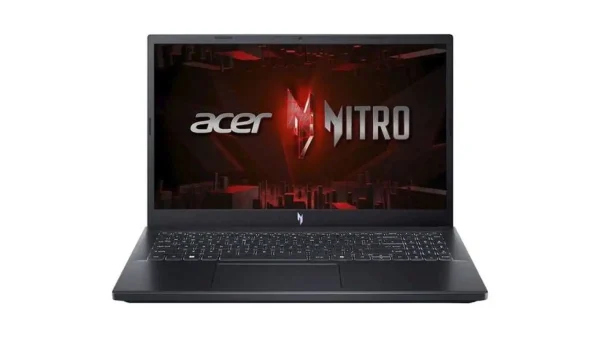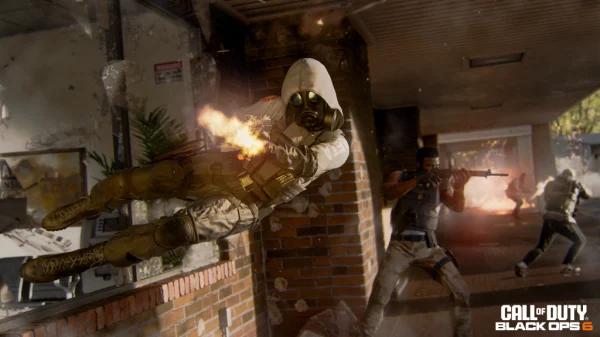Buying a 4K webcam might seem unnecessary for everyday video calls, with many people assuming that only streamers and influencers would benefit from such high resolution. However, after testing different webcam options, it becomes clear that 4K webcams offer substantial improvements in image quality for video calls and meetings, although there are some trade-offs to consider. While 4K webcams deliver better clarity, colors, and contrast handling, they come with a higher price tag, which may not always be justifiable for casual users.
The primary benefit of a 4K webcam is its superior image quality. With more pixels and better sensors, 4K webcams capture more detail, resulting in clearer and sharper images compared to 720p or even 1080p models. The enhanced resolution also provides a wider field of view, better color accuracy, and improved handling of lighting contrasts, such as bright windows behind the user. While the improvement from 720p to 1080p is more noticeable, the jump from 1080p to 4K still provides a marked difference in image quality.
However, 4K webcams come at a significant cost. The Logitech MX Brio, for example, is priced around $200, which is much higher than the $70 Logitech C920s Pro, a 1080p webcam. For users primarily using their webcam for casual calls, such as with family or coworkers, this steep price can be difficult to justify. Furthermore, if investing in a 4K webcam, users may also need to purchase additional lighting equipment to fully take advantage of the camera’s capabilities, making the overall expense even higher.

Are 4K Webcams Worth It A Guide to Better Video Call Quality Without Breaking the Bank
Despite the high price, 4K webcams often come with useful software features that make them more appealing. With a 4K webcam, there are more pixels to work with, which allows for better digital zoom and cropping without degrading image quality. Additionally, features like manual focus adjustment, HDR mode, and low-light compensation can enhance the video call experience. These tools give users greater control over their image and can be particularly useful when working in less-than-ideal lighting conditions.
That said, a good lighting setup can make a significant difference in the image quality, even with a less expensive webcam. Proper lighting can improve the performance of 1080p and even 720p cameras, bringing their image quality closer to that of a 4K webcam.
By using affordable lighting, like a $20 ring light, users can enhance their webcam’s picture quality without needing to upgrade to a 4K model. This makes lighting an essential component in achieving the best video call experience, often reducing the need for a costly 4K webcam.
In terms of build quality, 4K webcams tend to be more durable and feature a premium design. For example, the Logitech MX Brio is made from aluminum, which feels sturdier and more refined than the plastic construction of cheaper models. It also offers a magnetic mount and adjustable tilt mechanism, making it easier to position the camera.
However, 4K webcams also come with a downside: increased data usage. Streaming at 4K requires more bandwidth, which can be a problem for users with slower internet or those using the webcam on the go, especially in areas with weak 5G signals or public Wi-Fi networks.
While 4K webcams provide superior image quality and additional software features, they may not be worth the investment for most casual users. A more affordable 1080p webcam combined with good lighting can deliver similar results at a fraction of the cost. For those who require the best image quality, a 4K webcam could be a great option, but for everyday video calls, a cheaper solution is often sufficient.








































